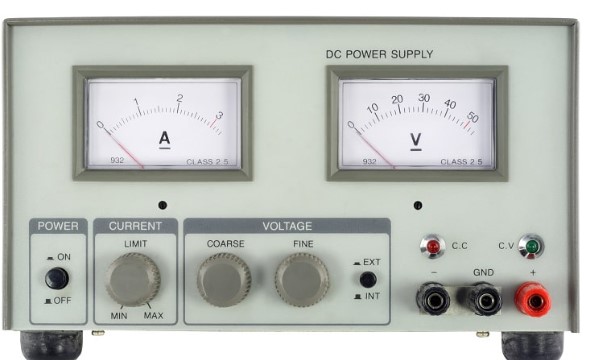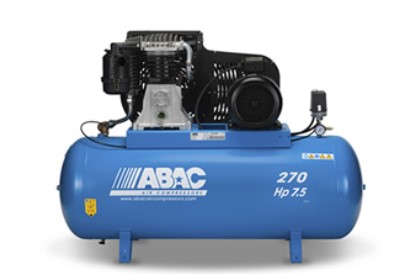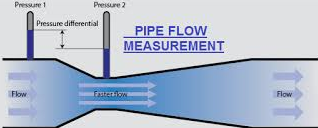
- AC Power Supply Repair & Calibration UAE
- and observe the response.
Preparation:
• Ensure safety first.
• Use calibrated multimeter, accurate load or resistor, and reference standard.
• Warm up AC power supply for recommended period.
Setting Up:
• Connect calibrated multimeter to output terminals of AC power supply.
• Connect a known load or resistor to the power supply.
Voltage Calibration:
• Set desired voltage.
• Measure output voltage.
• Compare and adjust if necessary.
• Repeat steps at different voltage settings.
Current Calibration (if applicable):
• Set desired current.
• Measure output current.
• Compare and adjust if necessary.
• Repeat calibration at different current settings.
Check for Stability and Regulation:
• Adjust load to different levels.
• Check for AC ripple and noise on output.
Understanding Electronic Loads:
• Device that mimics real-world load behavior.
• Adjustable load parameters.
• Modes of operation.
• Dynamic load testing.
• Measurement and monitoring.
• Programmatic control.
Applications of Electronic Loads:
• Power supply testing.
• Battery testing.
• Component testing.
• Stress testing.
• Development and research.
Using an Electronic Load:
• Setup: Connect the load to power source.
• Configuration: Power up and select appropriate mode.
• Measurements: Observe real-time measurements.
• Stability: Check power source stability and performance.
• Conduct Dynamic Tests: Simulate dynamic changes.




